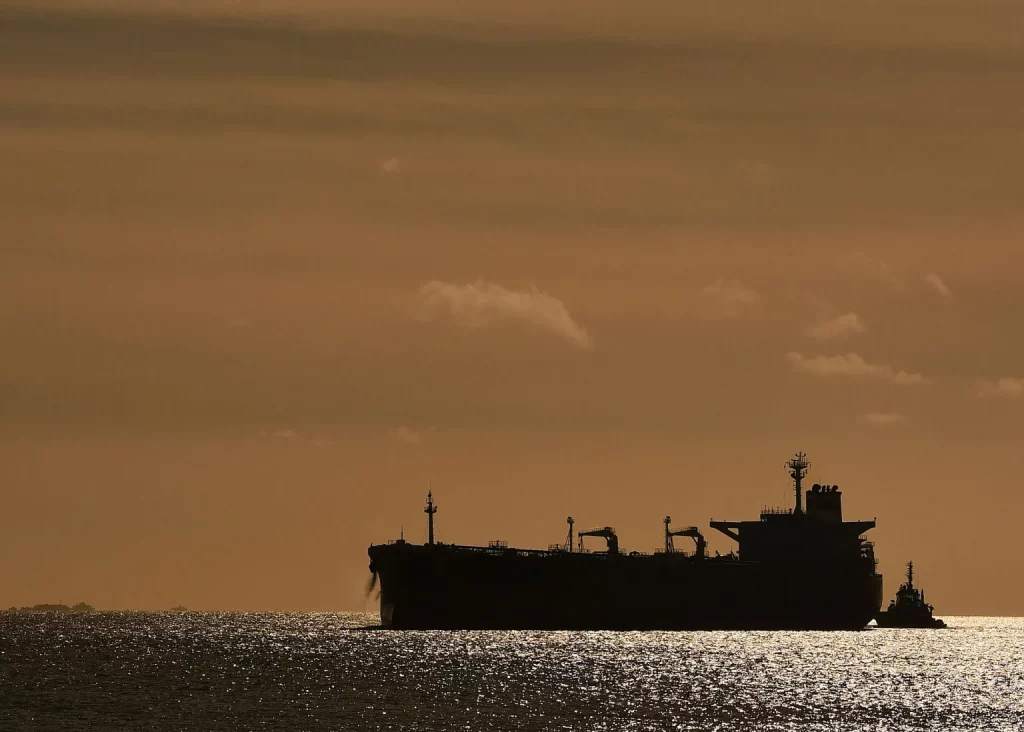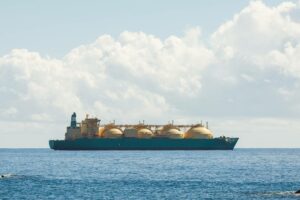A billion tons of sanctioned oil stuck in world waters

The accumulation of oil shipments at sea, especially from Russia, Iran and Venezuela, indicates that sanctions are finally starting to work.
Bloomberg analysts and maritime monitoring services (Vortexa, Kpler, OilX) have found a significant increase in the volume of crude oil awaiting transportation or unloading at sea.
A significant part of this stagnation is crude oil from countries under sanctions. Since the end of August, about 20-40% of the increase in oil volumes on tankers has been from Russia, Iran, Venezuela or cargoes of unknown origin.
Analysts indicate that this is facilitated not only by the growth in production, but also by the complicated unloading process due to sanctions: some shipments cannot be accepted or reloaded.
Russia, for example, accumulated up to 390 million barrels at sea by the end of October, which indicates a projected decline in export revenues. According to Bloomberg, Russian budget revenues from oil have fallen by more than 24% year-on-year.
Transport logistics have also felt the effects: the pace of loading, unloading and parking of ships has increased, which has led to an increase in daily rates for the transportation of some tankers to $ 100,000 per day.
This development has three key consequences:
• supplier countries under sanctions are losing income and are forced to reduce budget expenditures;
• tankers are overcrowded, extended parking times, delays in supply chains;
• market oversaturation may lead to a decrease in oil prices, despite the current geopolitical risks.
Experts say that the share of crude oil at sea will become one of the decisive indicators for price dynamics in the coming months. With key importers such as China and India reorienting flows, market players are bracing for a wave of instability and possible glut.
The day before, USM reported that China had stepped up the creation of a covert shipping fleet to deliver sanctioned Russian liquefied natural gas.




